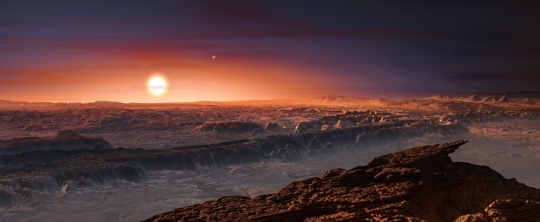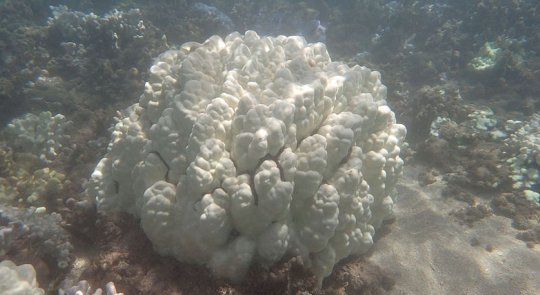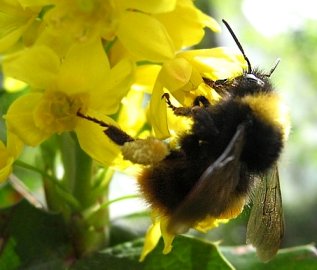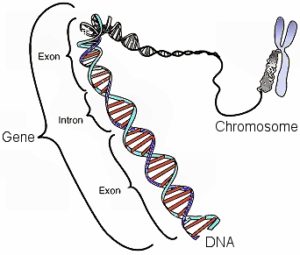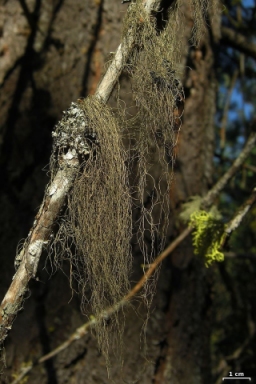
(click for credit)
Consider, for example, the longest-studied mutualistic relationship. Way back in 1867, Swiss botanist Dr. Simon Schwendener proposed that a lichen (like the one pictured to the left) is not a single organism. Instead, it is composed of two different organisms, a fungus and an alga (the singular form of algae), that work together so that each benefits. His hypothesis was rejected by the scientific consensus, but as has been the case throughout the history of science, the consensus was demonstrated to be wrong, and Dr. Schwendener was vindicated. Nowadays, the lichen is one of the most common examples given to explain the concept of mutualism. The alga does photosynthesis and shares its food and oxygen with the fungus, while the fungus supports the alga and supplies it with water and salts.
You would think that since Dr. Schwendener proposed this mutualistic relationship nearly 150 years ago, scientists would know pretty much everything there is to know about lichen. However, there was one major mystery that hadn’t been solved over that entire timespan – how can genetically similar lichen be so wildly different? The picture above, for example, is of a specific lichen, Bryoria fremontii. Another lichen from the same genus, Bryoria tortuosa, is composed of the same species of fungus and the same species of alga. From a genetic standpoint, the fungus and alga in both lichens are virtually identical. Nevertheless, one lichen is brown while the other is yellow. In addition, one produces a chemical known as vulpinic acid, while the other does not.
How can two lichen composed of genetically-identical partners look and behave so differently? We may now know the answer, which has been hiding in plain sight for almost 150 years!
Continue reading “Lichen Kept This Secret from Scientists for Almost 150 Years!”

